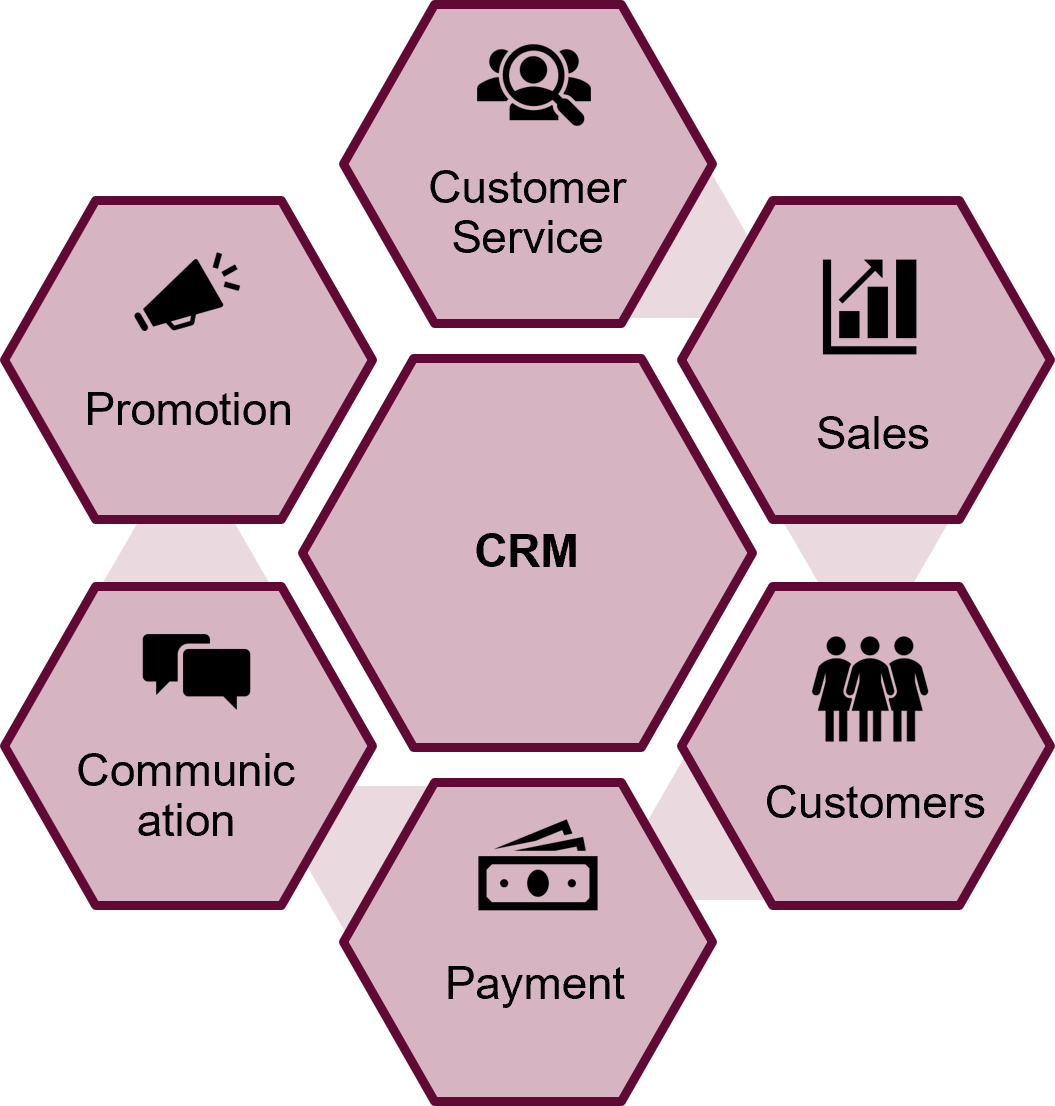Topic 1 Introduction
Modern businesses nowadays have new technologies at their disposal. In addition, the use of the Internet by consumers is increasing, flexible product manufacturing techniques as well as supply chains are operating at a global level. Consequently, business owners are required to operate in a very different, compared to the past, competitive environment, where the key entity is the customer.
In this context, the cornerstone for the success of a business is the Customer Relationship Management (CRM) Strategy.
Having the “customer value” concept in mind and a priority, we can define CRM as follows:
CRM is the practice of analyzing customer data for the purposes of maximizing the customer value throughout the its lifetime (relative to the business) by leveraging business-to-customer communication.
In its original applications, CRM was implemented using traditional means of communication, classification and sales (e.g., printed advertising material via post office). The advent of the Internet drastically changed the situation and made CRM as electronic-CRM or e-CRM. The effect of the Internet on CRM was such that now the term e-CRM has been identified with CRM.
E-CRM, which is developed in addition to a company’s general CRM strategy, is transformed into a new integrated online application, which includes web analytics, content management and multi-level collaboration tools. Today e-CRM applications focus on a more “holistic” treatment of customers and the use of appropriate online technologies enables them to ensure more satisfied customers and consequently higher sales.
